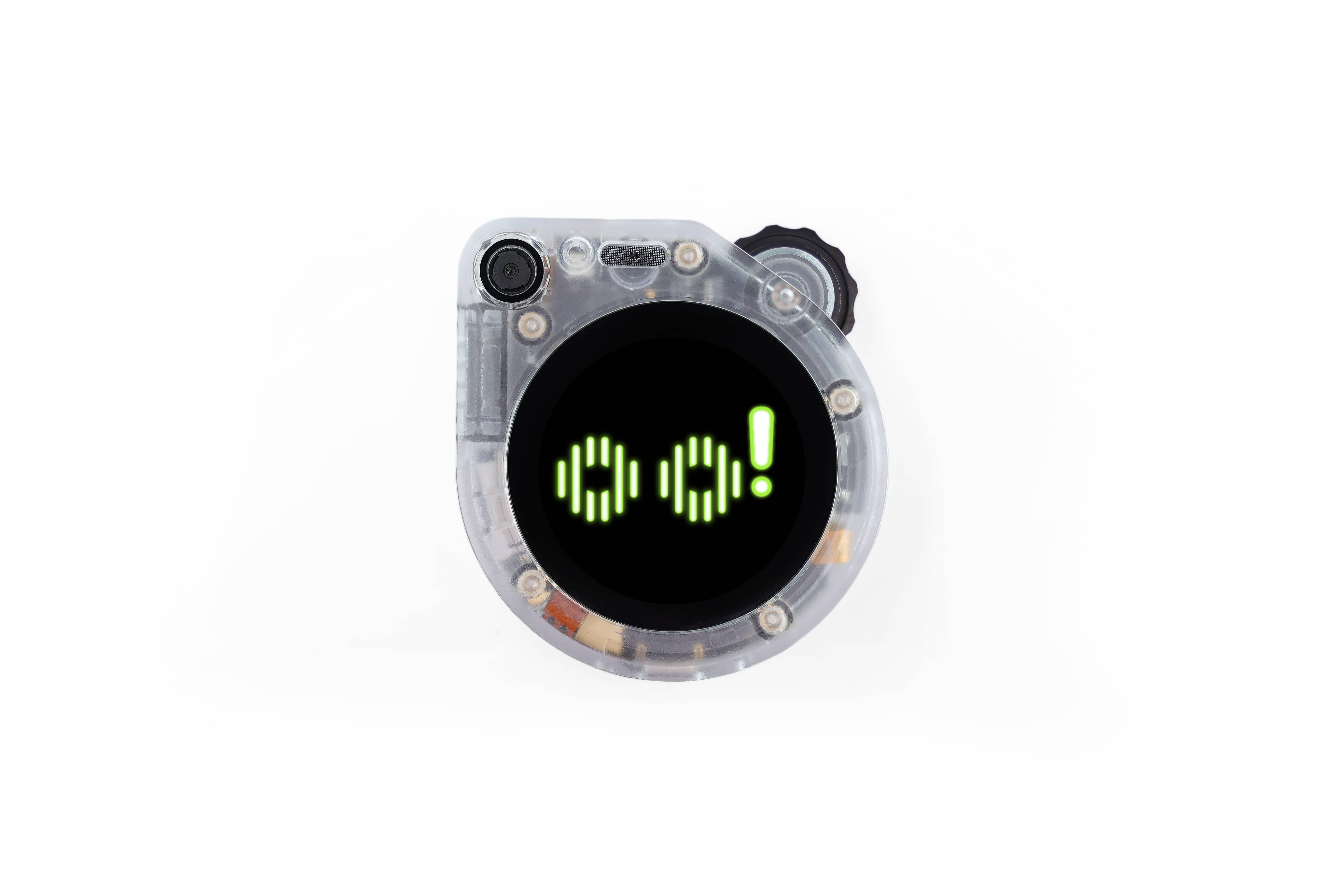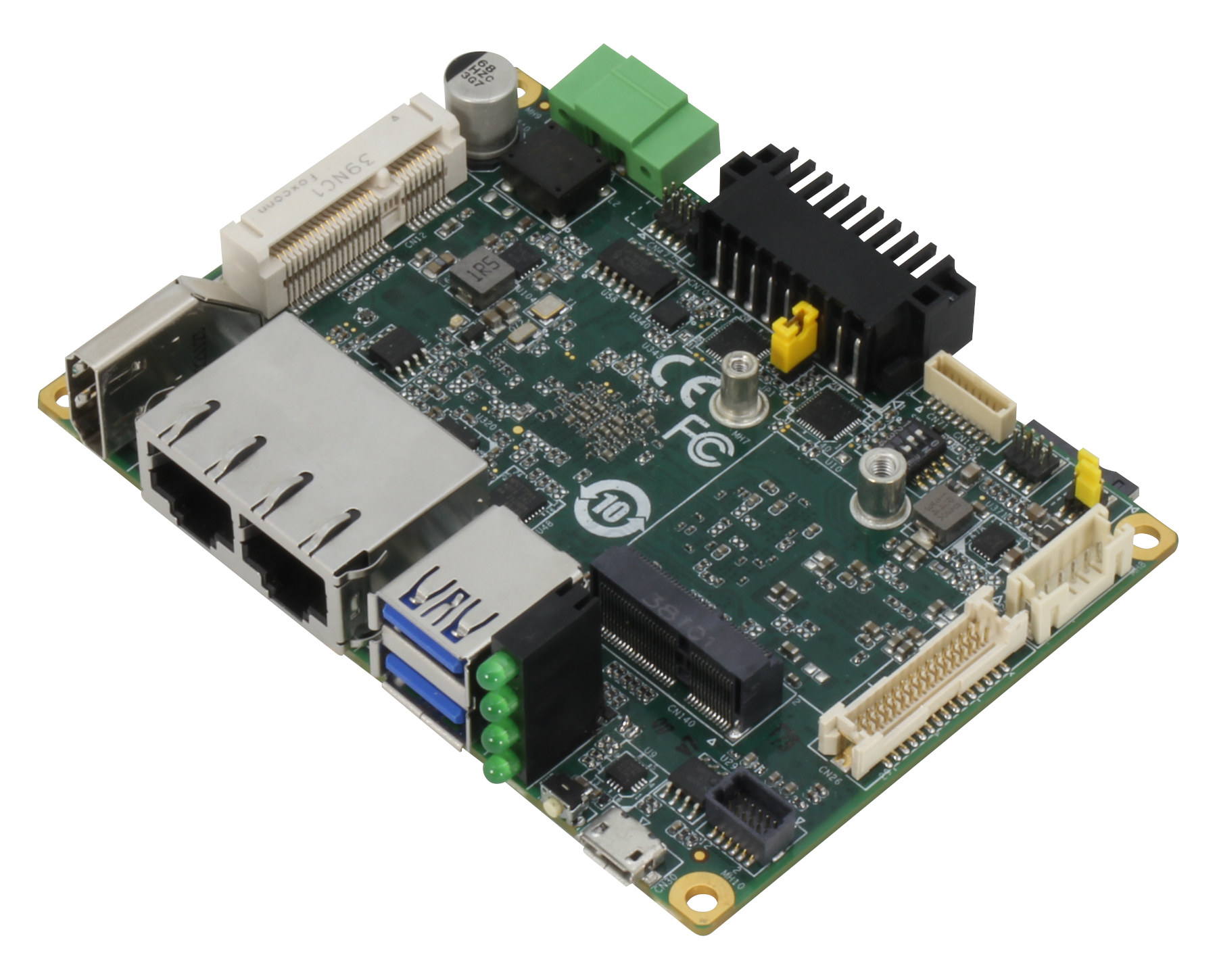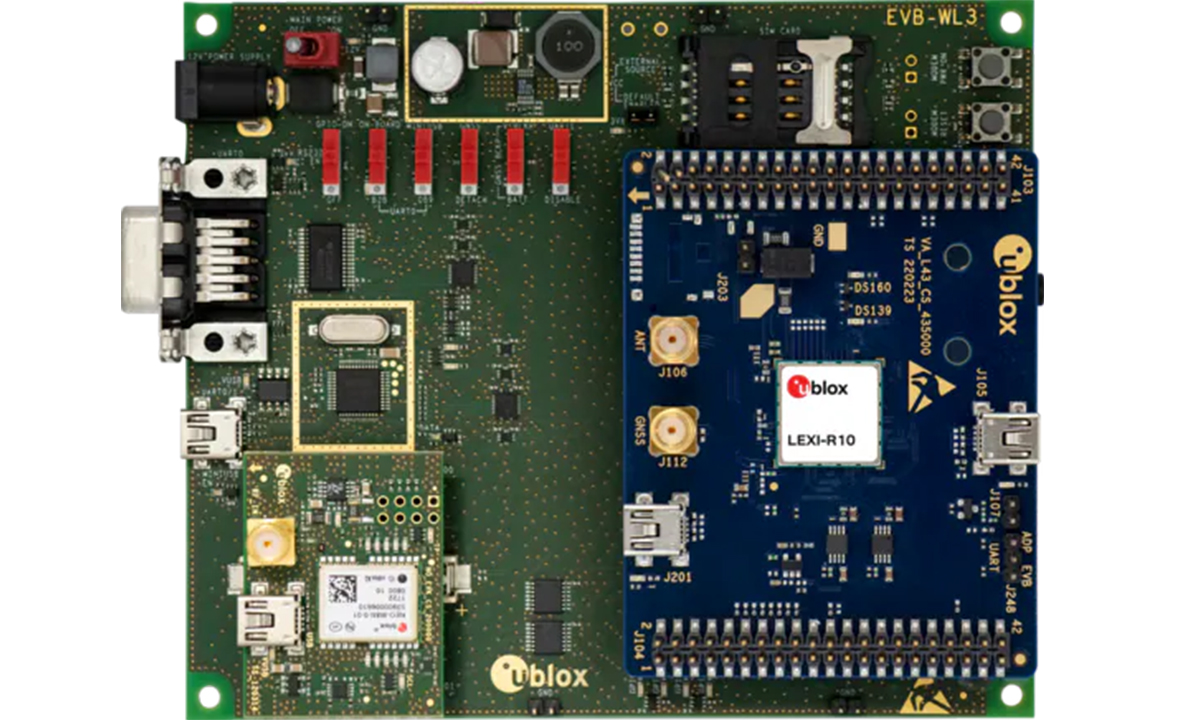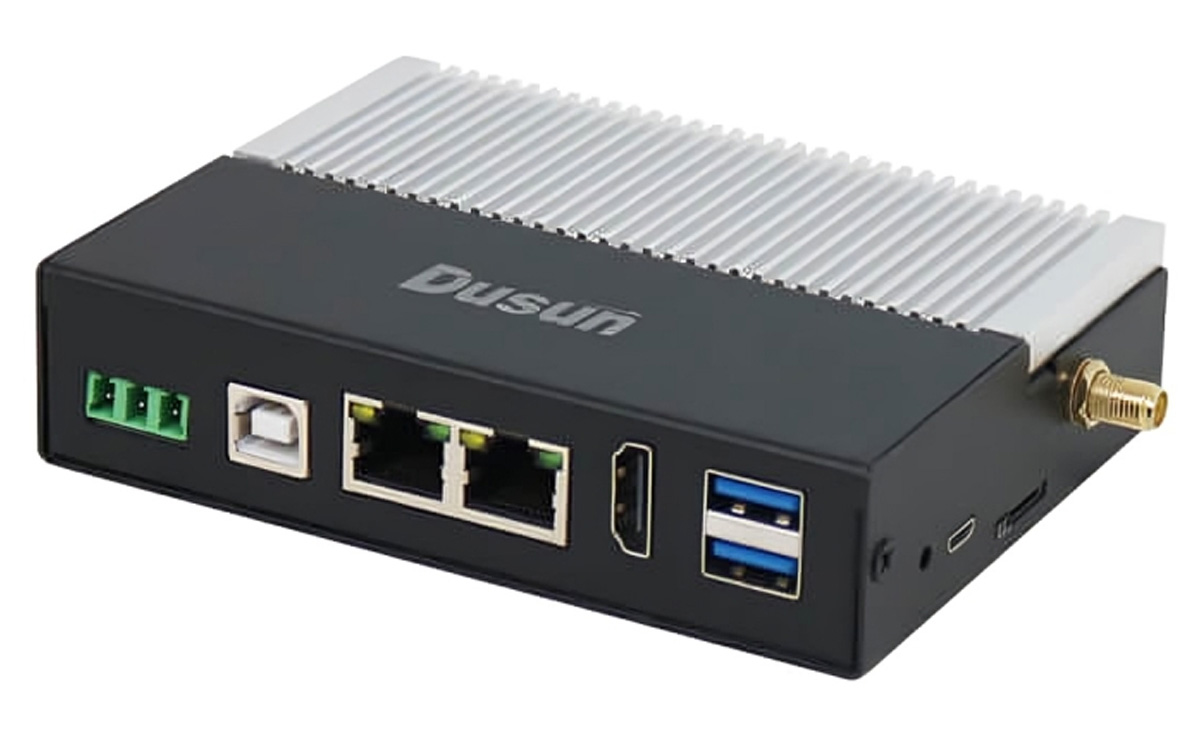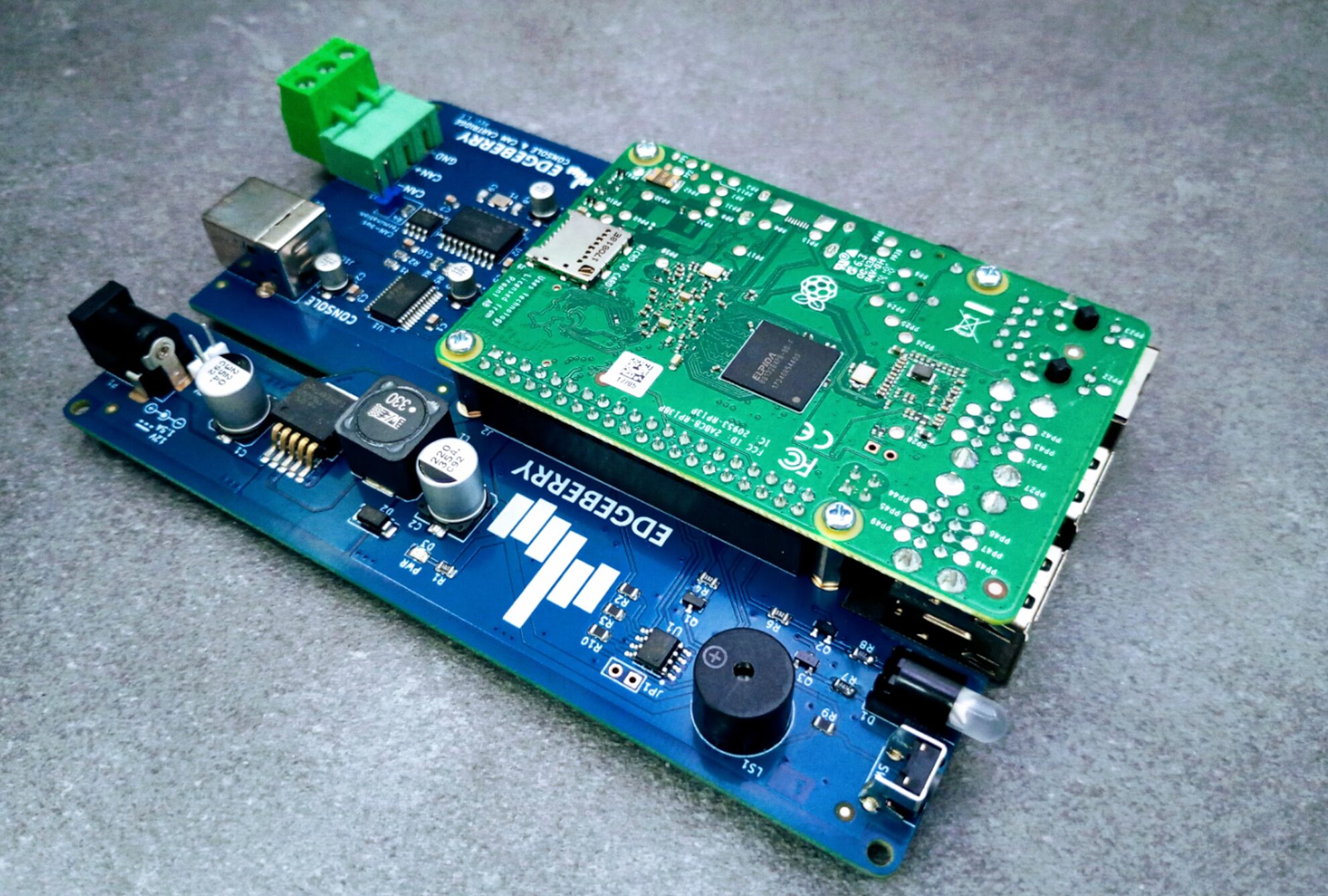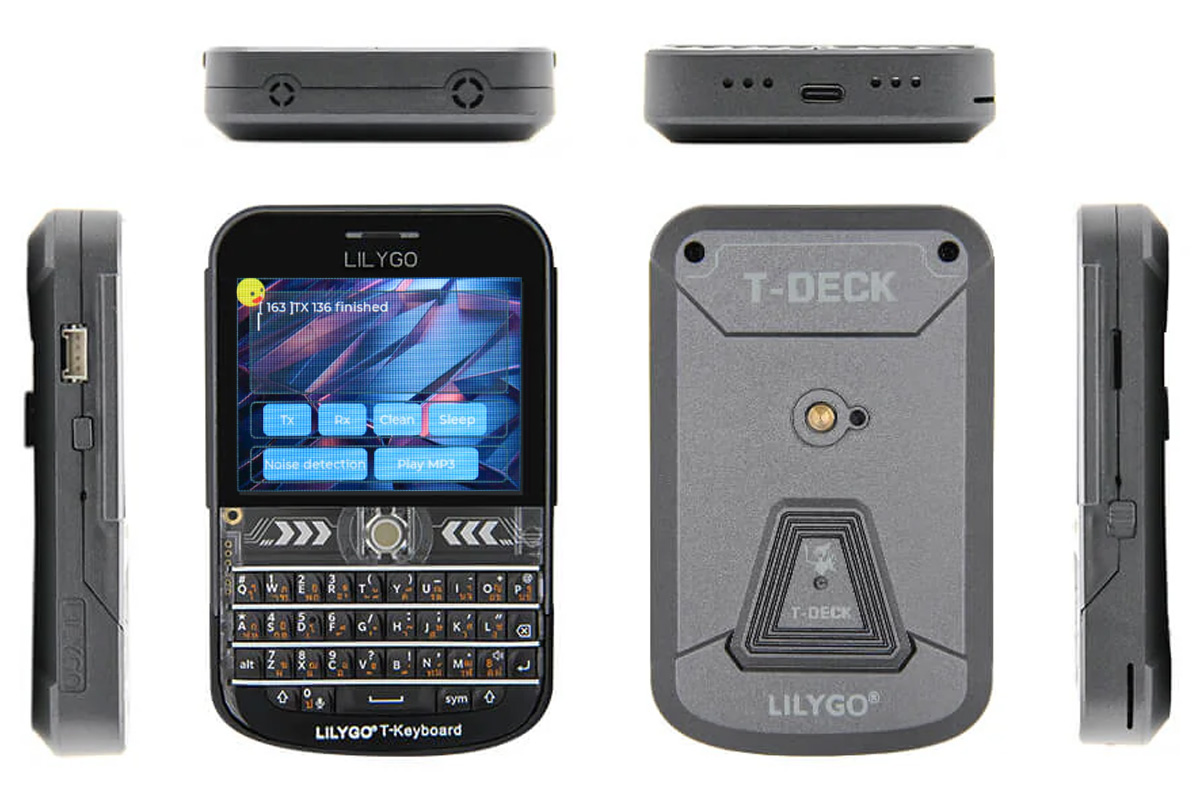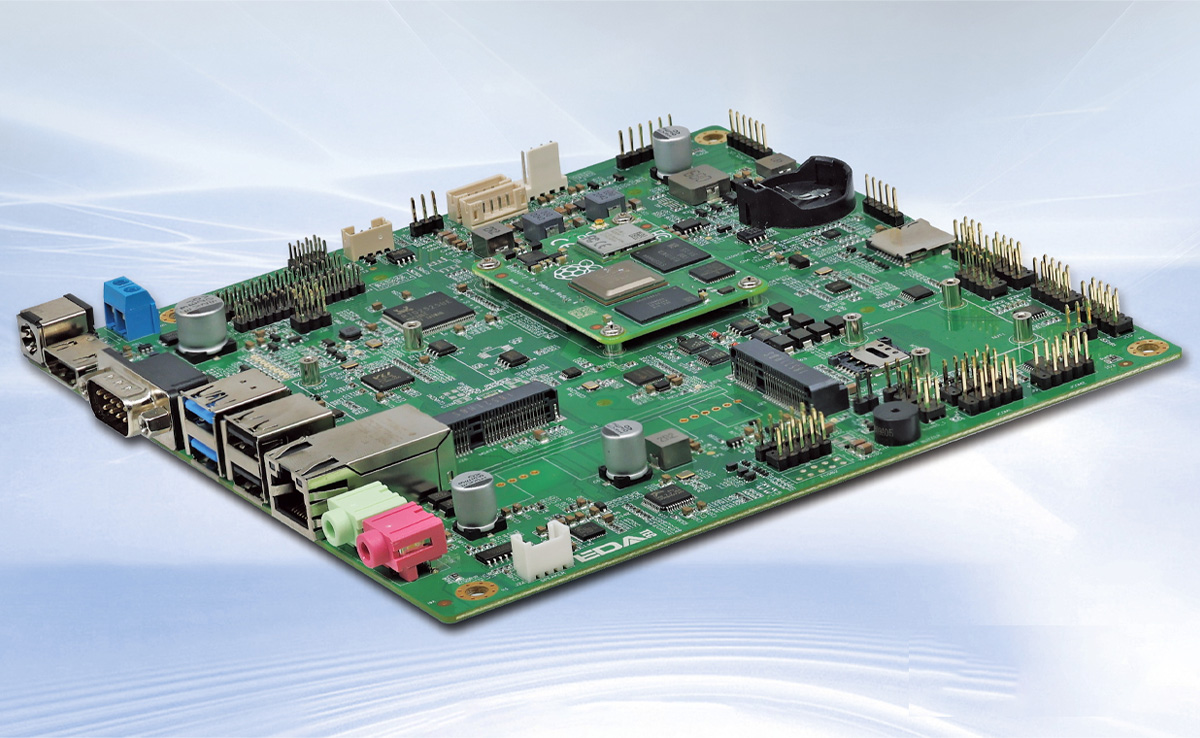Seeed Studio has launched a Kickstarter campaign for the SenseCAP Watcher, a physical AI agent capable of monitoring a space and taking actions based on events within that area. Described as the “world’s first Physical LLM Agent for Smarter Spaces,” the SenseCAP Watcher leverages onboard and cloud-based technologies to “bridge the gap between digital intelligence and physical applications.” The SenseCAP Watcher is powered by an ESP32-S3 microcontroller coupled with a Himax WiseEye2 HX6538 chip (Cortex-M55 and Ethos-U55 microNPU) for image and vector data processing. It builds on the Grove Vision AI V2 module and comes in a form factor about one-third the size of an iPhone. Onboard features include a camera, touchscreen, microphone, and speaker, supporting voice command recognition and multimodal sensor expansion. It runs the SenseCraft software suite which integrates on-device tinyML models with powerful large language models, either running on a remote cloud server or a local computer […]
The Epi C3 is a tiny ESP32-C3 development board with USB-C and an onboard antenna
The Epi C3 is a small development board based on the Espressif ESP32-C3 microcontroller with a USB-C connector for power and programming and an onboard ceramic antenna for wireless applications. We have previously covered several tiny ESP32-C3 development boards such as the Microflex series, ESP32-C3-0.42LCD, the XIAO ESP32C3, and LOLIN’s C3 Mini and C3 Pico. The Epi C3 claims the title of the “smallest ESP32 dev board with USB-C and an onboard antenna.” It uses a Johanson ceramic antenna with a “surprising range for its size” and the USB-C port is sunk into the board to reduce footprint. The ESP32-C3 microcontroller on the Epi C3 board is much more powerful than the 8-bit AVR chip on its predecessor, the Epi 32U4. The Epi C3, however, retains many of the older board’s protective features, including TVS diodes on the USB data lines and power input, a 500mA on the USB power […]
AAEON introduces NXP i.MX 8M Plus Pico-ITX SBC and mini PC designed for Edge AI industrial applications
AAEON PICO-IMX8PL is a Pico-ITX SBC built around the NXP i.MX 8M Plus Edge AI processor which the company has also released in an enclosed form as the SRG-IMX8PL mini-PC. Both are designed for industrial AIoT/IoT applications. The SBC features various connectivity options including dual Gigabit Ethernet, Wi-Fi/Bluetooth, 4G LTE, CAN-FD, Audio, LVDS, and support for popular protocols like Modbus, MQTT, and OPCUA. Whereas the mini PC sacrifices some I/O interfaces and the LVDS display output to enable wall or DIN rail mounting. Both products have wide operating temperature ranges, fanless designs, and compact form factors making them ideal for deployment in harsh industrial environments. All these features make this device useful for industrial automation, transportation, and digital signage. AAEON PICO-IMX8PL Pico-ITX SBC and RG-IMX8PL mini-PC specifications SoC – NXP i.MX 8M Plus AI SoC CPU Quad-core Arm Cortex-A53 processor @ up to 1.6 GHz Arm Cortex-M7 real-time core @ 800 […]
u-blox EVK-LEXI-R10 evaluation kits feature LEXI-R10 LTE Cat 1bis and MAX-M10S GNSS modules for Cellular IoT and GPS connectivity
u-blox has developed the EVK-LEXI-R10 evaluation kits to help engineers test and evaluate their LEXI-R10 LTE Cat 1bis cellular modules. These compact modules support data speeds of up to 10Mbit/s for downloads and 5Mbit/s for uploads, all while using very little power. They also include built-in Wi-Fi to scan indoor hotspots and work with u-blox’s CellLocate service for both indoor and outdoor tracking. Available in regional variants, the boards and kits are certified by major mobile operators, including those in the US. The LEXI-R10 series by u-blox features the world’s smallest LTE Cat 1bis modules in the LEXI LGA form factor. The EVK-R10 kits simplify the evaluation of these multi-band LTE Cat 1bis modules. The EVK-R10401D kit supports the LEXI-R10401D module for North American operations, the EVK-R10801D kit supports the LEXI-R10801D module for Europe, Middle East, Africa, and Asia-Pacific, and the EVK-LEXI-R10001D kit supports the LEXI-R10001D module with global coverage. […]
Dusun DSGK-061 – A RK3568-powered VNC Edge AI box for industrial automation and remote management
Dusun has recently launched the DSGK-061 Smart VNC Edge Computing AI Box or DSGK-061 Edge AI Box for short. This new Edge AI gateway is powered by a Rockchip RK3568 quad-core processor with a 1 TOPS NPU for edge computing. It has a built-in VNC (Virtual Network Computing) application for remote management and supports various interfaces and communication protocols such as HDMI, USB 3.0, TTL serial, LAN/WAN, and WiFi, making it suitable for applications like industrial automation, smart manufacturing, and more. Previously we have written about similar Edge AI boxes like the Mixtile Edge AI box or Techbase iModGATE-AI, and some very powerful AI boxes with more than 30 TOPS NPU power like the Radxa Fogwise Airbox, the Firefly AIBOX-1684X, the Sipeed MaixBox M4N and more. Feel free to check those out if you are interested in similar products. Dusun DSGK-061 specifications: SoC – Rockchip RK3568 CPU – Quad-core Cortex A55 processor […]
Edgeberry allows you to build and manage Raspberry Pi IoT Edge devices
The EdgeBerry is an open-source platform that comprises a base board, hardware cartridges, and software for building Raspberry Pi IoT Edge solutions designed by Belgium-based maker, Sanne Santens. The Edgeberry Base Board is the primary printed circuit board that connects all the other components to the Raspberry Pi. While it is not a HAT (Hardware Attached on Top), it plugs into the GPIO header on the Pi and provides certain interfaces and features that make it easier to use your Raspberry Pi as an IoT Edge device and deploy it in the real world. Unused GPIO pins are exposed on the expansion slot for Edgeberry Hardware Cartridges. Edgeberry Base Board specifications: 40-pin GPIO connector for interfacing with the Raspberry Pi Expansion slot for connecting Edgeberry Hardware Cartridges Misc – Buzzer, Bi-color LED, Button 3A step-down converter 12V DC power jack A unique advantage of the Edgeberry platform is the ability […]
LILYGO T-Deck Plus – A Blackberry-like ESP32-S3 devkit with QWERTY keyboard, trackball, LoRa, GPS, battery, and more
The LILYGO T-Deck Plus is an ESP32-S3 based handheld development kit that resembles a Blackberry phone with a QWERTY keyboard and trackball. The device features a 2.8-inch IPS LCD, a GPS module, a LoRa transceiver, and a 2,000mAh battery which means you can take it outside and do some pen-testing and research. Additionally, the board features a microphone, a speaker, and a microSD card slot for storage. Just last year, LILYGO introduced the LILYGO T-Deck ESP32-S3 development board with LoRa and a 2.8-inch display, and the T-Deck Plus builds on the earlier design but also adds a GPS module and a higher capacity battery. LILYGO T-Deck Plus specifications ESP32-S3-WROOM-1 wireless module SoC – ESP32-S3FN16R8 dual-core Tensilica LX7 microcontroller @ up to 240 MHz with 2.4 GHz 802.11n WiFi 4 and Bluetooth 5.0 LE connectivity Memory – 8MB PSRAM Storage – 16MB SPI flash PCB antenna Storage – MicroSD card slot Display – […]
EDATEC ED-SBC2300 – A Raspberry Pi CM4-powered industrial Mini-ITX motherboard
The EDATEC ED-SBC2300 is an industrial mini-ITX motherboard built around the Raspberry Pi CM4. The motherboard offers various storage options including eMMC flash, microSD card, and mSATA SSD. It supports dual displays (HDMI + LVDS or HDMI + eDP with touchscreen), offers diverse connectivity with USB, GbE port, RS232, RS485, and GPIO, and boasts integrated security features like RTC, EEPROM, and crypto authentication. The board supports a wide 9V-36V DC power input and PoE is also an option through an add-on board. With its compact size, flexible I/O, and industrial-grade features, the ED-SBC2300 series suits applications like kiosks, digital signage, industrial automation, and IoT devices. Previously we have written about similar products from EDATEC including the RPI CM4-based industrial computer, the EDATEC ED-HMI2320-156C fanless panel PC, and the EDATEC ED-HMI2120-101C, also an industrial panel PC with an 10.1-inch capacitive touchscreen. Feel free to check those out if you are interested […]


